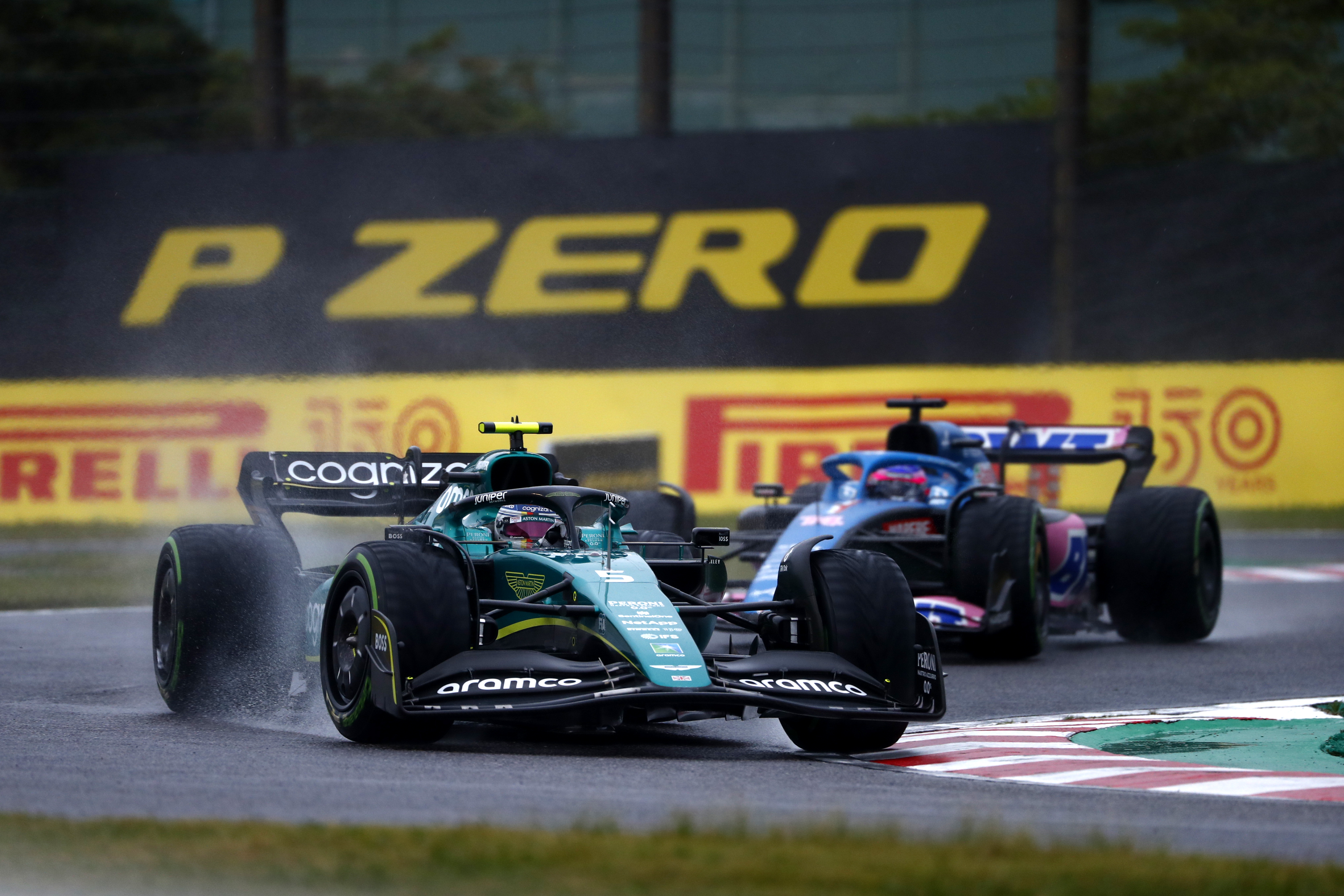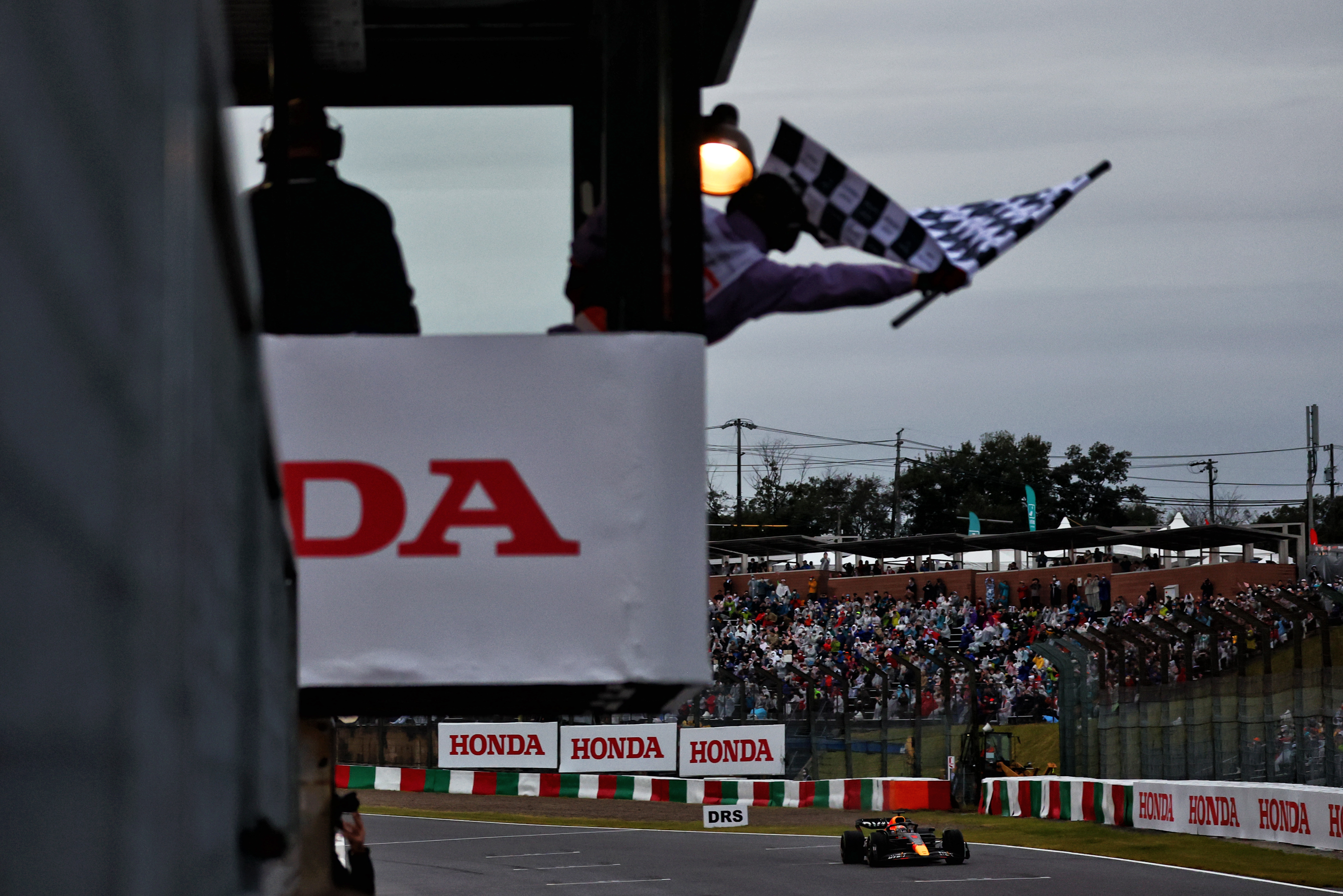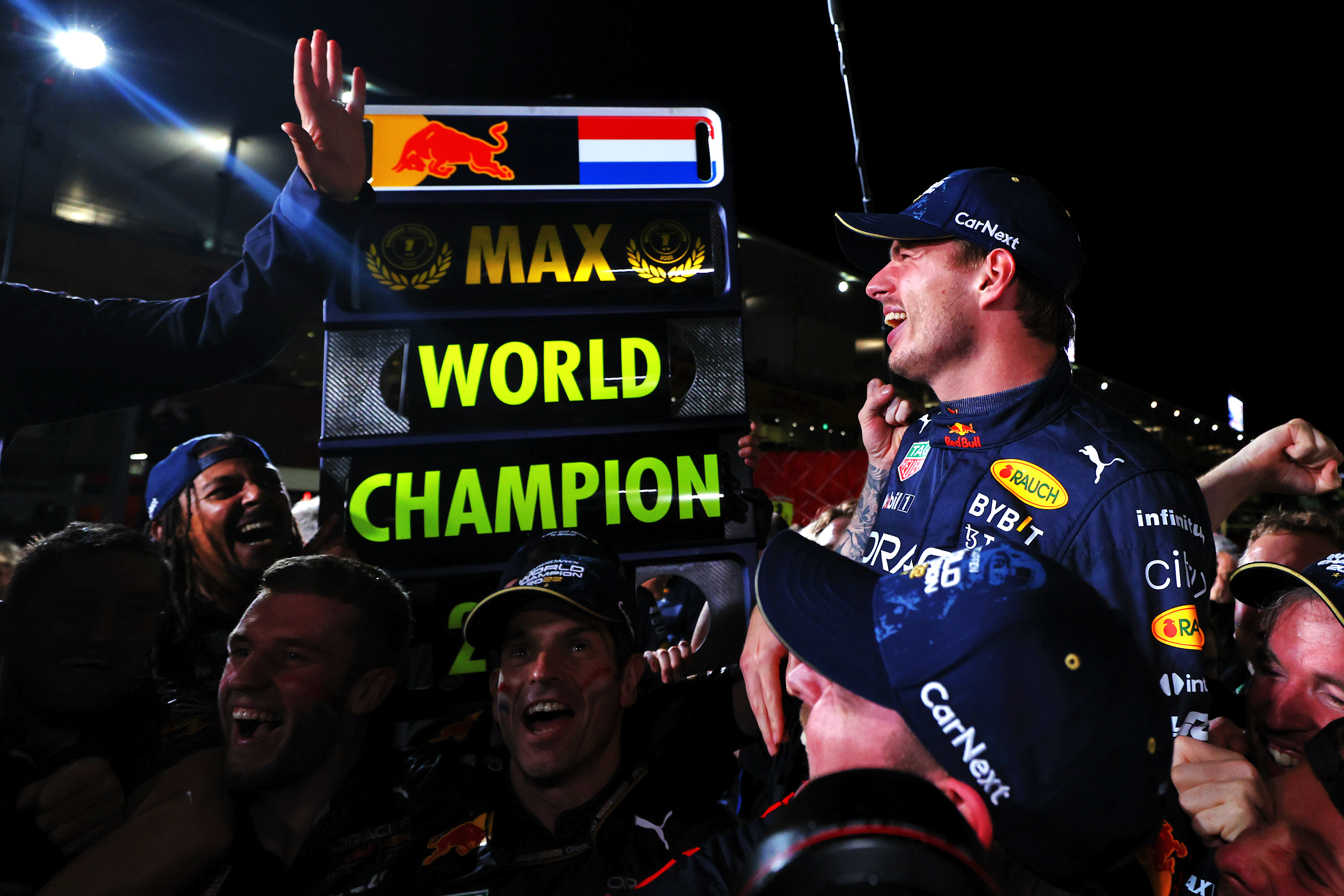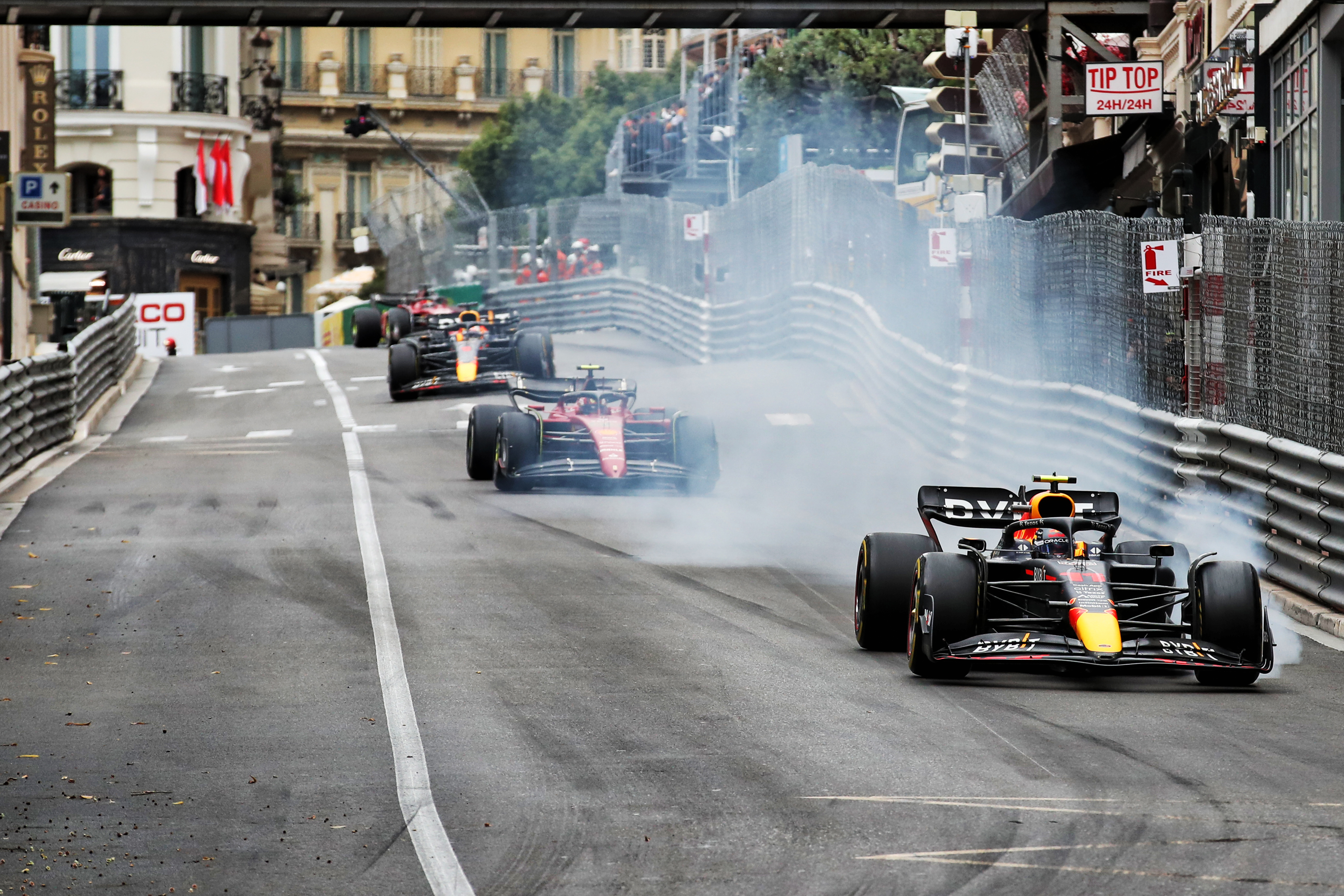Up Next

As well as the uncertainty over how many points it was actually worth and whether Max Verstappen had won the 2022 Formula 1 world championship already or not, there was also confusion over how long last weekend’s Japanese Grand Prix should have been.
The interrupted race was running to a time countdown rather than the scheduled 53-lap distance, and many expected there would be one more lap after the clock hit 0:00, rather than – as was the case – the chequered flag being shown at the end of the lap on which the timer ran out.
Alpine sporting director Alan Permane said straight afterwards that he and counterparts at rival teams had been texting each other asking “‘did the race stop a lap early?’ And we all agree we think it did. But maybe the FIA have got a different opinion on it”.
That was a particularly sore point for Permane, as his driver Fernando Alonso charged back up the order after a late pitstop for fresh intermediate tyres and only just lost sixth to Sebastian Vettel by 0.011s in a photo-finish at the flag as he began a move on the Aston Martin.

“I think the chequered flag was a lap earlier than it should have been, honestly,” Permane added.
“Because I think when Max crossed the line there was about five seconds still on the clock and then the chequered flag came out the next lap.
“So I think had the race gone to the distance we thought it was going to go to, he [Alonso] would have got Sebastian.”
The amount of drivers still pushing after the chequered flag until told by their teams that the race really had finished showed it wasn’t just Alpine having that doubt.
But rather than being one lap too short, was the Suzuka race actually one lap too long?
Potentially, if you take as absolute an interpretation of the sporting regulations wording as the officials did when awarding full points for a race just over 50% of the planned distance.

The issue that confused Permane and others was the two time limits that F1 grands prix operate to – a two-hour maximum race time, or three hours for races interrupted by stoppages.
When the two-hour clock applies, it’s a case of ‘two hours plus one lap’ – or, as phrased in the sporting regulations, the chequered flag comes out “at the end of the lap following the lap during which the two-hour period ended”.
But when it’s the three-hour clock, there’s no such ‘plus one lap’ provision in the rule phrasing: “Should the race be suspended the length of the suspension will be added to this period up to a maximum total race time of three hours”.
The early red flag meant Suzuka was running to the three-hour rule, so Verstappen crossing the line at the end of lap 27 with five seconds left on the countdown clock meant he’d get a chequered flag next time around, rather on the lap after that clock hit zero.
One time limit provision having a plus-one-lap element and the other not is already an odd discrepancy.
But there’s also a problem in the phrasing: ‘maximum total race time of three hours’.
Taken absolutely literally – and the wording of the rules was taken absolutely literally when it came to the reduced points provision only being applied if a race is stopped and “cannot be resumed” – that reads as if the race time cannot be more than 3h00m00s when that rule applies. Verstappen’s official winning time was 3h01m44.004s.
So should that final lap have not happened? Should the race have ended on lap 27 so the three-hour limit wasn’t exceeded at all, meaning Charles Leclerc would’ve still finished second because he never had chance to make the error that earned him the five-second penalty that cost him a place to Sergio Perez, meaning Verstappen would still not quite be champion?
You could make that case.

You probably shouldn’t, because it’s common sense that the three-hour rule means the last lap is the lap on which three hours is hit – not that the race should be stopped the lap before three hours is likely to be hit just to make sure the ‘maximum total race time of three hours’ is not exceeded. That would be a nightmare to apply in a race where a leader crosses the line roughly a single laptime shy of three hours.
But you could also argue that it’s absolute common sense that the ‘cannot be resumed’ line in the regulations is redundant and that the shortened duration points should’ve applied at Suzuka.
The Race has contacted the FIA to enquire about procedure for how the three-hour regulation is applied given the way the rule is phrased, and also about the fact that this year’s Monaco GP – which also ran to the three-hour clock – did appear to have an additional lap, with the flag shown there on the lap after the one where the clock hit zero.

None of this is about seeking a loophole that would mean Verstappen isn’t really champion yet. If he’d left Suzuka needing one more point, that would make an Austin coronation so obvious it would almost be an anti-climax. He’s obviously been heading for the 2022 title for a long time and he deserves it.
But he also deserves to be able to celebrate it properly without any confusion over exactly when he’s won it. And all of the F1 world deserves to know with confidence how long a grand prix should be and how many points it will award.
In a season Verstappen was already walking away with, all those rule-phrasing anomalies are just a mildly irritating quirk.
Now imagine adding debate over how long a race was actually supposed to be or how many points it was worth into the 2021 title fight…





